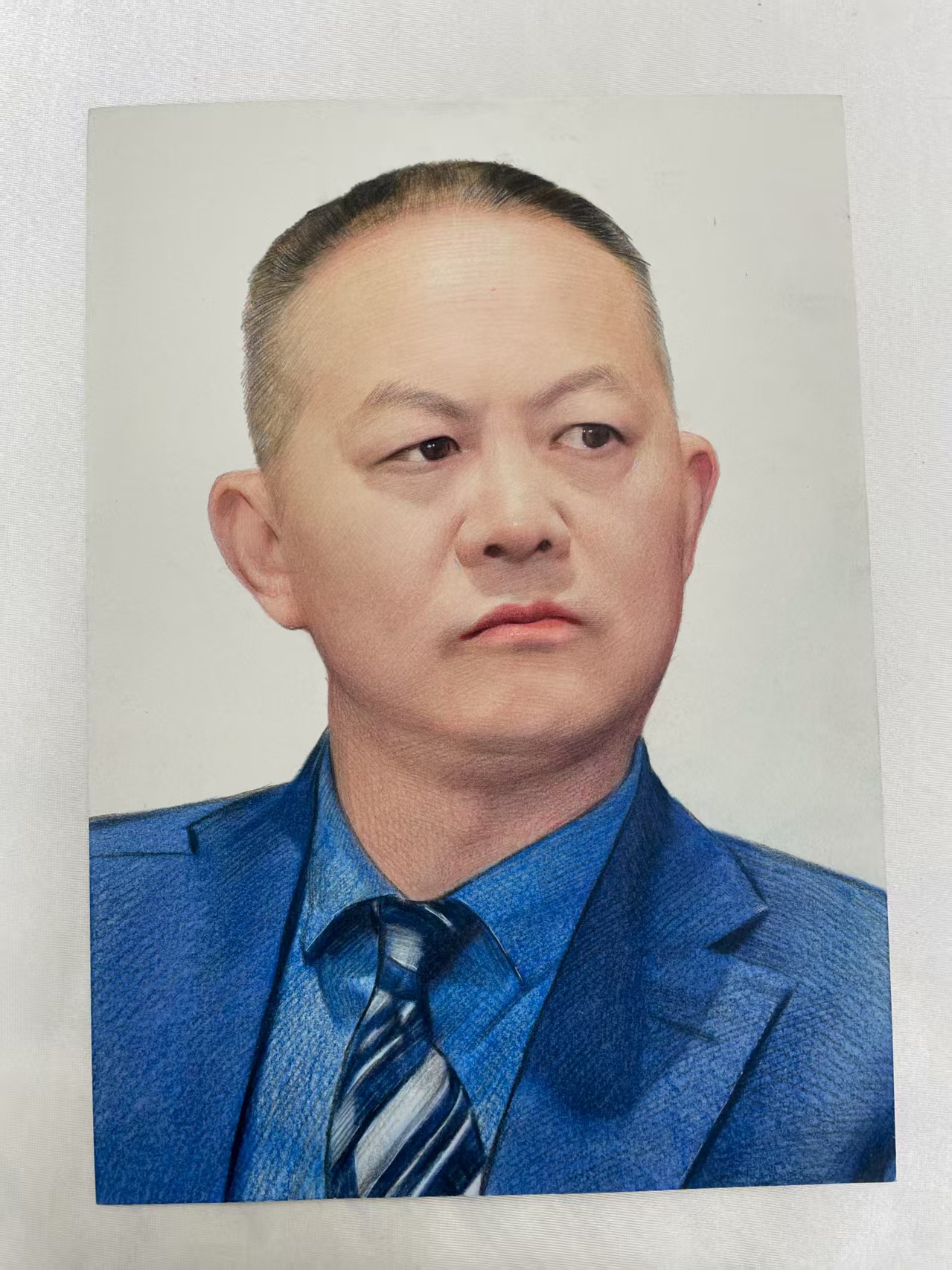

CAP 358I SOUTHERN WATER CONTRO-法律法规_湾区律师网
CAP 358I SOUTHERN WATER CONTRO-法律法规
2022-08-05 00:26:50 浏览:1258 来源:网络
【法规名称】 CAP 358I SOUTHERN WATER CONTROL ZONE STATEMENT OF WATER QUALITY OBJECTIVES ...
【法规名称】
【法规编号】 79298 什么是编号?
【正 文】
CAP 358I SOUTHERN WATER CONTROL ZONE STATEMENT OF WATER QUALITY OBJECTIVES
| (Cap 358, section 5) [29 July 1988] (L.N. 211 of 1988) Cap 358I SOUTHERN WATER CONTROL ZONE STATEMENT OF WATER QUALITY OBJECTIVES The water quality objectives set out in the first column of Schedule 1 have been established for those parts of the Southern Water Control Zone defined in Schedule 2 set opposite those water quality objectives in the second column of Schedule 1. (Enacted 1988) Cap 358I Sched 1 Water Quality Objective Part or parts of Zone A. AESTHETIC APPEARANCE (a) Waste discharges shall cause no objectionable odours or discolouration of the water. (b) Tarry residues, floating wood, articles made of glass, plastic, rubber or of any other substance should be absent. (c) Mineral oil should not be visible on the surface. Surfactants should not give rise to a lasting foam. (d) There should be no recognisable sewage-derived debris. (e) Floating, submerged and semi-submerged objects of a size likely to interfere with the free movement of vessels, or cause damage to vessels, should be absent. (f) Waste discharges shall not cause the water to contain substances which settle to form objectionable deposits. Whole Zone Whole Zone Whole Zone Whole Zone Whole Zone Whole Zone B. BACTERIA (a) The level of Escherichia coli should not exceed 610 per 1000 mL, calculated as the geometric mean of all samples collected in one calendar year. (b) The level of Escherichia coli should not exceed 180 per 100 mL, calculated as the geometric mean of all samples collected from March to October inclusive in one calendar year. Samples should be taken at least 3 times in a calendar month at intervals of between 3 and 14 days. Secondary Contact Recreation Subzones and Fish Culture Subzones Bathing Beach Subzones (L.N. 453 of 1991) C. DISSOLVED OXYGEN (a) Waste discharges shall not cause the level of dissolved oxygen to fall below 4 milligrams per litre for 90% of the sampling occasions during the year; values should be calculated as the water column average (arithmetic mean of at least 3 measurements at 1 metre below surface, mid-depth, and 1 metre above seabed). In addition, the concentration of dissolved oxygen should not be less than 2 milligrams per litre within 2 metres of the seabed for 90% of the sampling occasions during the year. (b) The dissolved oxygen level should not be less than 5 milligrams per litre for 90% of the sampling occasions during the year; values should be calculated as water column average (arithmetic mean of at least 3 measurements at 1 metre below surface, mid-depth and 1 metre above seabed). In addition, the concentration of dissolved oxygen should not be less than 2 milligrams per litre within 2 metres of the seabed for 90% of the sampling occasions during the year. (c) Waste discharges shall not cause the level of dissolved oxygen to be less than 4 milligrams per litre. Marine waters excepting Fish Culture Subzones Fish Culture Subzones Inland waters of the Zone D. pH (a) The pH of the water should be within the range of 6.5-8.5 units. In addition, waste discharges shall not cause the natural pH range to be extended by more than 0.2 units. (b) The pH of the water should be within the range of 6.0-9.0 units. (c) The pH of the water should be within the range of 6.0-9.0 units for 95% of samples. In addition, waste discharges shall not cause the natural pH range to be extended by more than 0.5 units. Marine waters excepting Bathing Beach Subzones; Mui Wo (A), Mui Wo (B), Miu Wo (C), Mui Wo (E) and Mui Wo (F) Subzones. Mui Wo (D) Sub-zone and other inland waters. Bathing Beach Subzones. E. TEMPERATURE Waste discharges shall not cause the natural daily temperature range to change by more than 2.0 degrees Celsius. Whole Zone F. SALINITY Waste discharges shall not cause the natural ambient salinity level to change by more than 10%. Whole Zone G. SUSPENDED SOLIDS (a) Waste discharges shall neither cause the natural ambient level to be raised by 30% nor give rise to accumulation of suspended solids which may adversely affect aquatic communities. (b) Waste discharges shall not cause the annual median of suspended solids to exceed 20 milligrams per litre. (c) Waste discharges shall not cause the annual median of suspended solids to exceed 25 milligrams per litre. Marine waters Mui Wo (A), Mui Wo (B), Mui Wo (C), Mui Wo (E) and Mui Wo (F) Subzones. Mui Wo (D) Subzone and other inland waters. H. AMMONIA The ammonia nitrogen level should not be more than 0.021 milligram per litre, calculated as the annual average (arithmetic mean), as unionised form. Whole Zone I. NUTRIENTS (a) Nutrients shall not be present in quantities sufficient to cause excessive or nuisance growth of algae or other aquatic plants. (b) Without limiting the generality of objective (a) above, the level of inorganic nitrogen should not exceed 0.1 milligram per litre, expressed as annual water column average (arithmetic mean of at least 3 measurements at 1 metre below surface, mid-depth and 1 metre above seabed). |
- 上一页
- 1
- 2
- 下一页

高级合伙人 王博律师
广东华商律师事务所
知识产权,合同纠纷,经济纠纷,医疗纠纷,房产纠纷,公司风控,企业顾问等
曾任中南财经政法大学知识产权研究中心研究员、武汉市江汉区司法局副局长、民革江汉区工委副主委等。现任华商律师事务所高级合伙人、香港律师会登记备案律师、香港张嘉伟律师事务所中国法首席顾问,多地仲裁员。兼任:武汉大学研究员、研究生校外导师,西北政法大学客座教授、研究生校外导师,中南财经政法大学知识产权(学院)研究中心研究员,南京理工大学/江苏商标品牌研究中心研究员,暨南大学、深圳大学等高校法学院研究生校外导师,深圳市知识产权专家库专家,佛山市知识产权侵权检验鉴定专家库专家,秦皇岛市知识产权专家库专家等。 擅长:知识产权、婚姻继承、合同纠纷、公司事务等民商事业务争端解决及刑事辩护,尤其擅长各类刑民交叉等疑难复杂案件的诉讼业务,对重大疑难案件的解决方案具有丰富经验。评论区
共 0 条评论
- 这篇文章还没有收到评论,赶紧来抢沙发吧~
